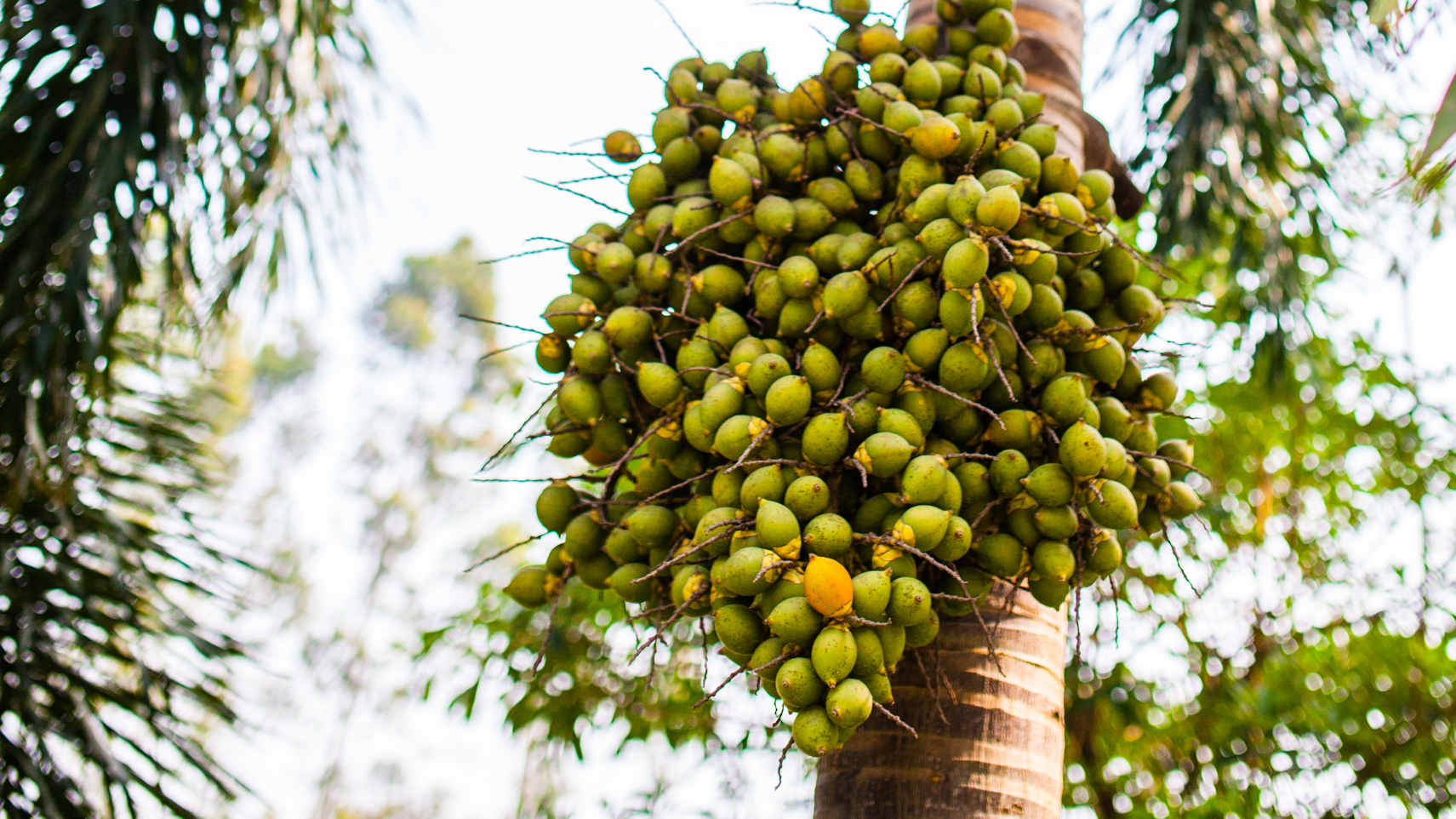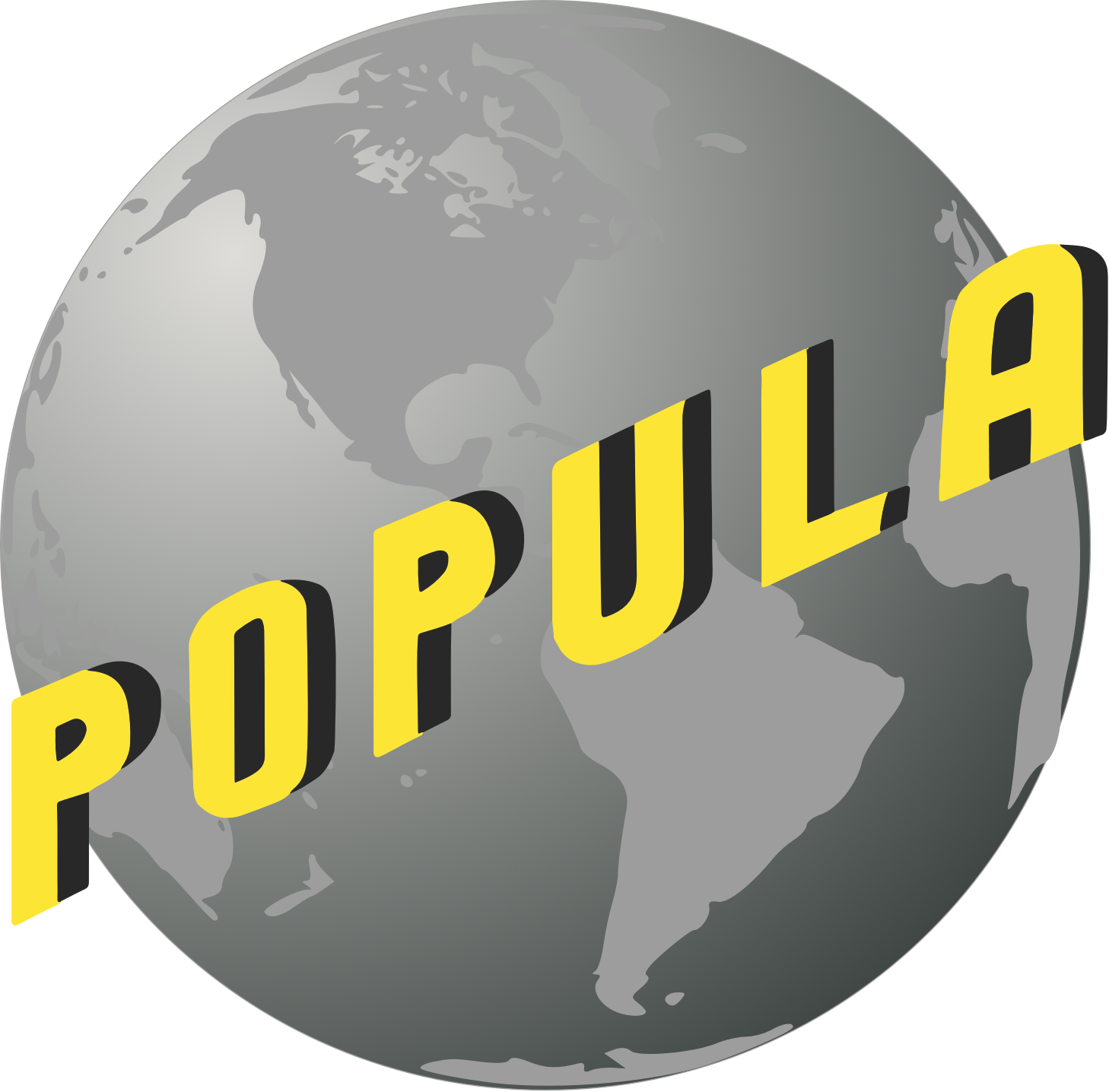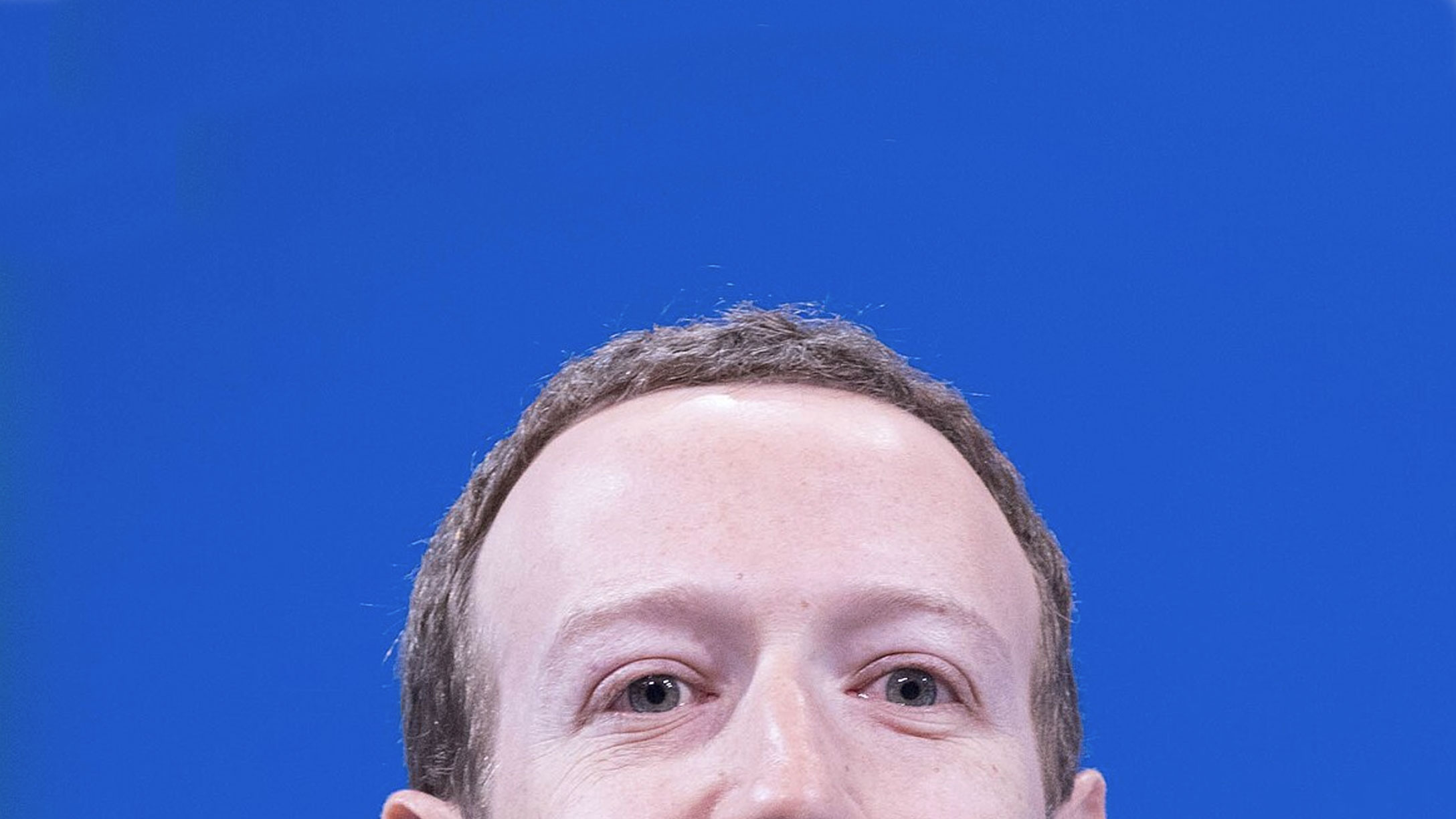Every afternoon in Karachi, clusters of men sit by the side of the road, sipping hot chai in the hot sun, waiting patiently for the chaiwala to ladle another round into their cups from a large steel barrel. Cars pass by, rarely observing anything resembling traffic regulations. It’s a lazy time of day, too hot to do much else; this summer, the temperature reached 113 degrees Fahrenheit. In their long-sleeved cotton kurtas, sweating out their chai, Pakistanis take the opposite approach Americans do during our comparatively cooler summers, wearing t-shirts and drinking cold Gatorade.
Karachi is the largest, most populous city in Pakistan. It is where both of my parents were born, before they moved to a small town in Pennsylvania, where my brother and I were born. Throughout my youth, my family spent every other summer in Karachi, during the hottest months of the year. In my early childhood, now out of reach of memory, I spoke Urdu and English with equal fluency; I had learned the languages simultaneously. But by adolescence, I could no longer access my mental reserves of Urdu syntax and vocabulary readily enough to form sentences from scratch. Though my dark skin made me appear foreign in the United States, especially in those less enlightened days before the Obama Presidency ordained a temporary multicultural détente, it was Pakistan where I felt like a foreigner. At the end of the school year, well-meaning adults would ask me, “are you going home this summer?” It was, of course, the opposite: going to Karachi was leaving home.
So I took in the landscape without interacting with it. I was escorted by my parents or older relatives, down dusty roads under the sun. I haven’t gone back since I moved out of my parents’ house, but my most powerful memory of Karachi is not the city itself. It’s the smell — the generic scent of a big city, but an exotic one to my small-town nostrils. To this day, when I’m hit with a cloud of the perfume of city streets, of any city in the world, I go back in my mind like Proust to Combray. But it’s the feeling, not the place, that returns. Wherever I am, I am a foreigner.
What I remember best about the chai-drinkers is their teeth. The oldest among them tended to have teeth stained a deep red, nearly maroon, matching the mendhi with which they had treated their whitened beards. This is the result of a lifetime spent chewing paan, a substance that occupies a space somewhere between a snack and a drug — a space left vacant in the West. But it is an ancient tradition in South and Southeast Asia. The medieval Moroccan scholar Ibn Battuta sampled it on his travels to the subcontinent in the 14th century, noting that it served to “sweeten the breath and aid digestion, prevent the disagreeable effects of drinking water on an empty stomach, and stimulate the faculties.”
Paan, from a Sanskrit word meaning “leaf,” is the name for both the preparation and its largest component, the leaf of the piper betel vine, which possesses a fresh, but mild flavor. The active ingredient is the nut of the areca catechu palm tree, sometimes confusingly called a betel nut in English — in Urdu, it’s called supari. When dried out, it resembles a nutmeg seed, and is equally rock-solid, to the point of being nearly inedible. It has to be shattered into tiny fragments, called chhaliya, in order to be fit for consumption.

The preparation of paan shows an ingenuity that is now just barely understood scientifically, though it originates far before modern chemistry could explain its effects. The leaf is spread with choona, a paste of slaked lime, and an extract of the senegalia acacia tree, which — as if this recipe weren’t confusing enough — is called “catechu” in English. In Urdu and Hindi, it’s called katha, and it’s the part of paan that dyes teeth red. Folk wisdom suggests that this substance, also used as an oral anesthetic, counteracts any potential abrasiveness of the lime.
The Journal of Biomedical Science explains the underlying mechanism: “In the presence of lime, arecoline and guvacoline in Areca nut are hydrolyzed into arecaidine and guvacine, respectively, which are strong inhibitors of GABA uptake.” In other words, it gets you a bit high. Not much — about as much as a strong cup of coffee or a cigarette. This synergistic effect was discovered thousands of years ago, presumably through the same ongoing process of trial and error that led to the discoveries of the effects of caffeine and nicotine.
I started eating paan as a child, which might have been risky — continuing use may cause oral cancer, not to mention red teeth. But in my case, this common indulgence in Pakistani culture was only accessible for a few weeks every two years. We’d stop by a stall after dinner, sometimes in the middle of a bustling market, sometimes down an alley lined with neighborhood shops — there’s one around every corner. My father would order two different kinds of paan: one khushboo, or “aroma,” for himself, and three meetha, or “sweet” paan, for my mother, my brother, and me. Because the active ingredients are highly astringent, they are tempered with fennel and cardamom seeds. On top of that, the latter adds gulkand, a sweet preserve of rose petals, and fluffy powdered coconut. For users who have built up a tolerance, there is also the option of adding a little tobacco, which my father unconvincingly claimed never to have done.
The paanwala typically operates in a stall just large enough for him to stand in, and the most practiced among them move at such speeds as to appear produced by a videocassette on fast-forward. After applying the pastes and sprinkling on the dry ingredients, he folds the leaf into a neat, self-enclosed envelope. It’s usually wrapped in glossy magazine paper rather than newspaper, to maintain the freshness of the betel leaf.
You are to consume the entire package in one go, but you are not to swallow. The point is to chew as long as possible, to let the psychoactive chemicals seep into your gums as well as down the gullet. Your mouth tingles, and your jaw and cheeks develop a pleasant burning sensation, which may spread across your whole face. You begin to feel a rush blossoming outward from the inside of your skull. The effect is subtle and fleeting, but satisfying. The floral, earthy fragrance is intoxicating in itself, cut with an appealingly bittersweet aftertaste.
Paanwalas are in short supply in the United States. You may be lucky enough to find one in a neighborhood with a large South Asian population, as in parts of Queens or Jersey City, where there is sometimes a stall tucked away in the back of a kebab shop. For the curious or desperate, there is a convenient, if inferior substitute: paan masala. The most widely available blend is called Pan Parag, which uses a less common English spelling. It consists of chhaliya coated in a film of powder, the color of dirt, made up of a dessicated blend of the remaining ingredients. It has more or less the same effect, even if the rush comes on a bit too quickly to fully enjoy, and the flavor comes nowhere close to the real thing (though it does, mysteriously, make water taste better after you’ve chewed it).
A tin of Pan Parag, which comes with a tiny metal spoon like a coke addict might carry around, can sometimes be found behind the counter at Indian groceries. Since it’s the best I can do, I buy one when I can. I usually go through it in a couple days. There is also a sense memory triggered by it, by the rush, the scent, the taste, though it is not the alienating sensation of becoming an outsider. Its exotic quality is what makes it familiar. This is the experience Philip Larkin describes in his poem “The Importance of Elsewhere,” of “strangeness made sense.” It’s a feeling some of us have known all our lives: of going home to a foreign country.
Shuja Haider





